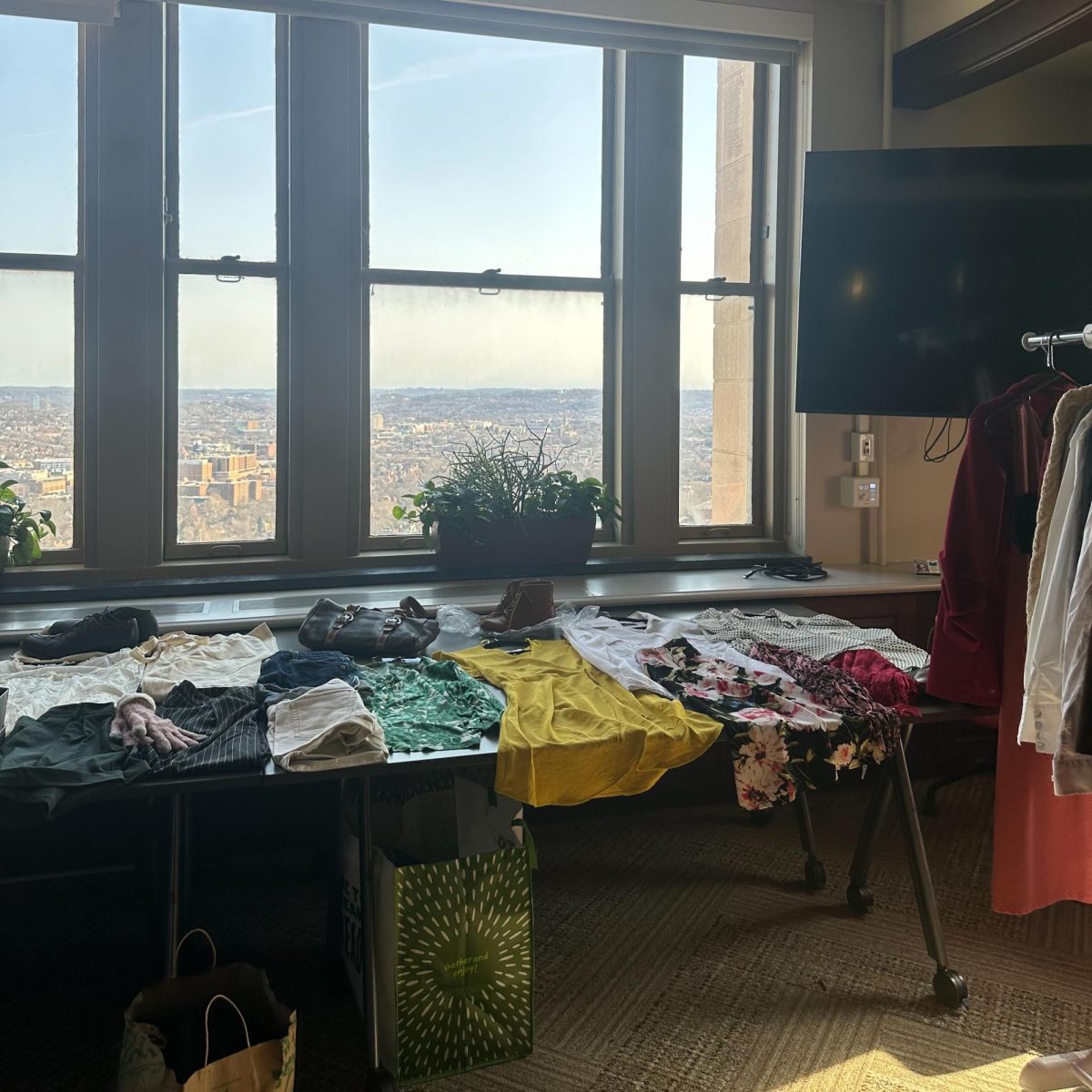Streaming services have a prejudice against WLW content
Fandom-esque is a biweekly blog about the fandoms of the pop culture sphere and their latest ongoings in TV, film and more.
January 9, 2023
“Warrior Nun,” “First Kill,” “The Wilds,” “Gentleman Jack” — all these shows have two things in common. First, they are focused on WLW — women who love women — and second, their respective networks canceled them within the first three seasons of production.
Canceling shows before they come to full fruition isn’t new. Creatives unfortunately face a Hollywood that prioritizes profit over creativity nine times out of 10. Even shows that were once major successes often fall from grace and are axed as a result.
HBO’s “Westworld,” which was heralded in 2016 as its next big hit, pulled an average of 12 million viewers for its first season — the highest ever on the network. Yet the network canceled it only a few months ago due in part to its drop in ratings.
But let’s take a look at queer shows in particular. In recent years, mainstream shows featuring queer characters, like “POSE,” “Schitt’s Creek,” “Euphoria” and “Sex Education,” have taken up prominent space in both the awards season and viewership analytics.
However, these shows, unlike the WLW-focused ones I mentioned earlier, rely primarily on relationships between men in their storylines or keep their queer characters confined to secondary storylines.
Shows like “First Kill” and “Warrior Nun,” which have their queer woman front and center, seem to be getting the boot. Why is that?
According to GLAAD’s 2021-22 “What We Are On TV” report — lesbian representation on TV decreased this year to 27% of the total number of queer characters on streaming services like Netflix, HBO Max, Hulu and more. This is the fifth year in a row in which lesbian representation has decreased.
Nowadays, streaming services are more popular than cable. According to the Hollywood Reporter, for the first time ever in August 2022, streaming services took up the majority of all TV usage in the United States. In 2022, out of the 114 Emmy awards, 61 of them were given to shows and movies from streaming services.
When Netflix canceled “First Kill” — a WLW-centered show about vampires — Netflix representatives told showrunner Felicia D. Henderson that the company wasn’t willing to renew a show with both low viewing hours and show completion rates.
The show completion statistics make more sense, even if it’s a rather flawed model in the long run. The completion rate refers to how many viewers who started the show completed it in its entirety. “First Kill” has a 44% completion rate, and it seems any show that doesn’t manage to breach 50% has a hard time getting renewed.
But shows don’t become major successes overnight, despite what streaming services might have you think. Pop culture juggernauts like “The Office” and “Parks and Recreation” weren’t exactly big hits during their first few seasons of production. Parks and Recreation touted a modest 6.1 million viewers per episode for its first season in 2009 — yet NBC kept running it, and I’ll bet you can’t walk into a Hot Topic anymore without finding a graphic T-shirt with Ron Swanson on it.
In terms of total viewing hours, “First Kill” racked up 97.6 million views. In comparison, “Heartstopper” — another popular Netflix show about two queer boys navigating life in a British high school — totaled 53.4 million.
So it seems that Netflix, and other streaming services, are running their business decisions based on the completion rate statistic. But that doesn’t mean it’s right.
Netflix’s predisposition toward canceling sapphic shows has become somewhat of a joke in online fandom communities since it happens so often. In the wake of the cancellation of “First Kill” and “Warrior Nun,” fans took to sites like Twitter and Tumblr memeing and rageposting their way through their frustration.
why didn’t i know netflix had a category for all their cancelled shows? pic.twitter.com/RcGsQSLILt
— boob ross (@rootlore) November 24, 2022
One, sapphics deserve to have their time to shine in the media just like any other queer person. Two, sapphics have been discriminated against in TV and film for a long while — more so than their gay male counterparts.
There’s even a specific trope called “Bury Your Gays” for when a TV show or film will kill off its queer female character rather than let her thrive in a happy relationship. This trope calls back to the 1950s, when illicit lesbian pulp novels that focused on the romantic buildup between two women, only to either kill one of them at the end or separate the pair, were popular.
In order to get the novels published at all, in accordance with censorship laws at the time, the couple couldn’t be allowed to be happy at the end. While times have changed, and these censorship laws are long gone, this precedent seems to remain in the back of many people’s minds — at least unconsciously.
So these shows face both character assassination in-universe, as well as cancellations from company executives who don’t see their stories as worth pursuing. Fixing this isn’t a one-band-aid type of solution, and will require the higher-ups in media to take a good look at their own prejudices. But the more that fans speak out, the more that the problem will come to attention — and if there’s anything I know, it’s that companies pay attention to whatever gets the most clicks.



